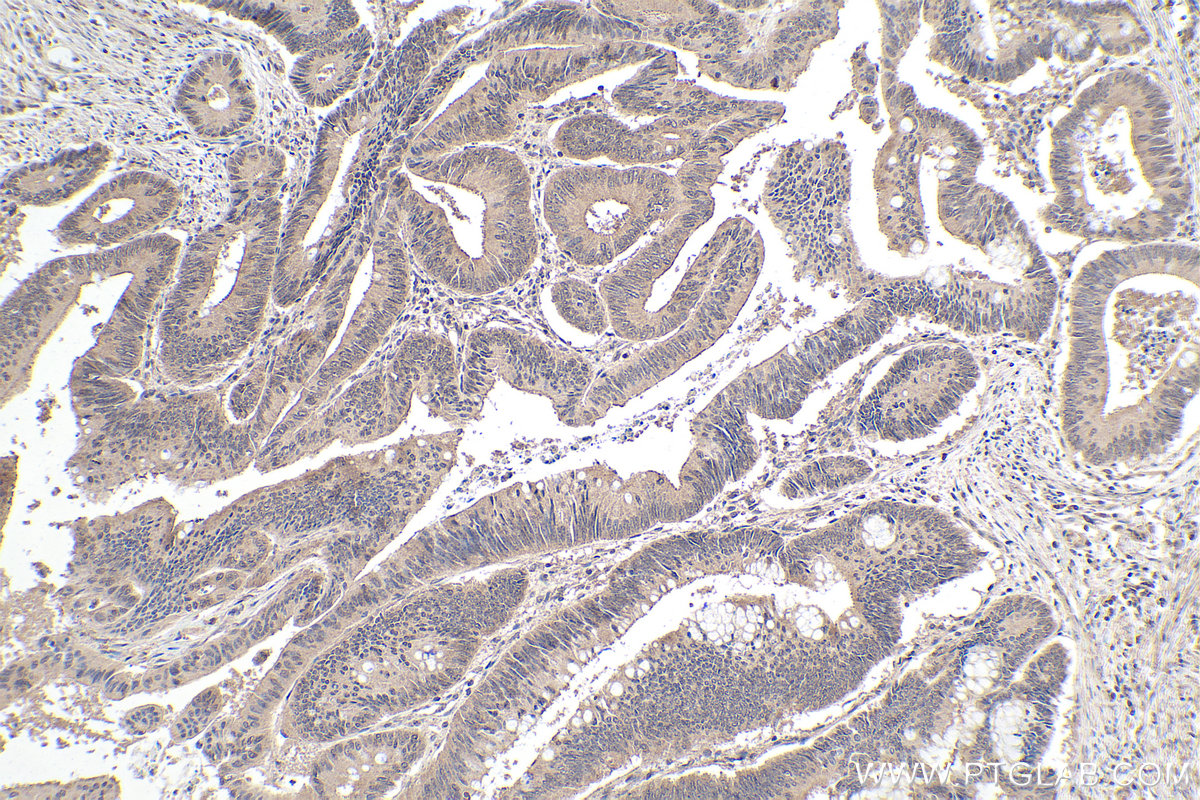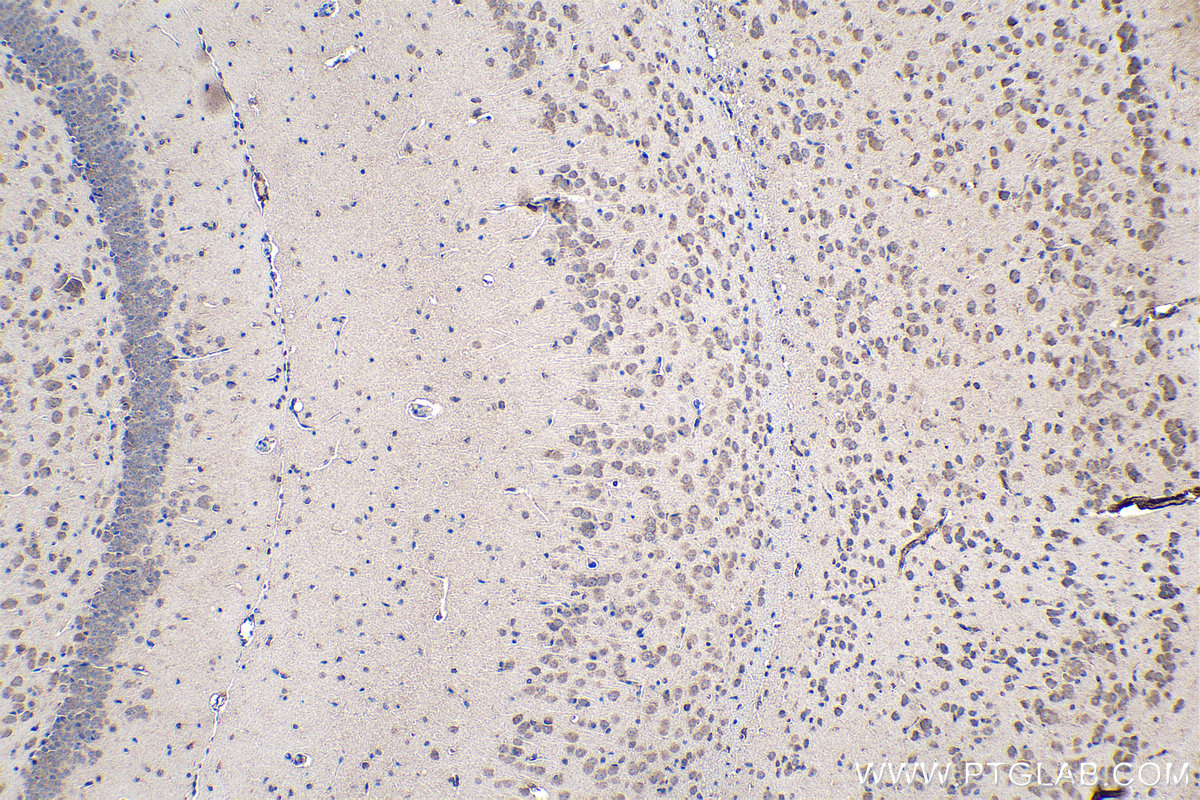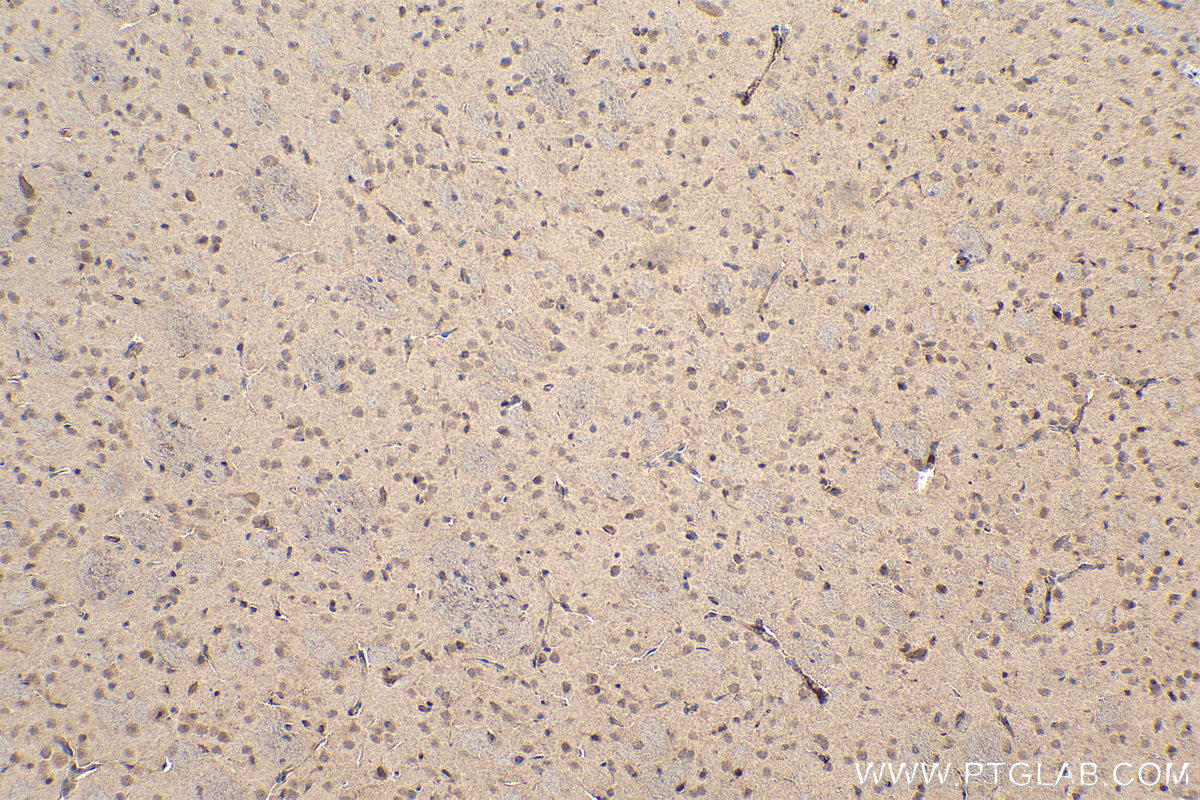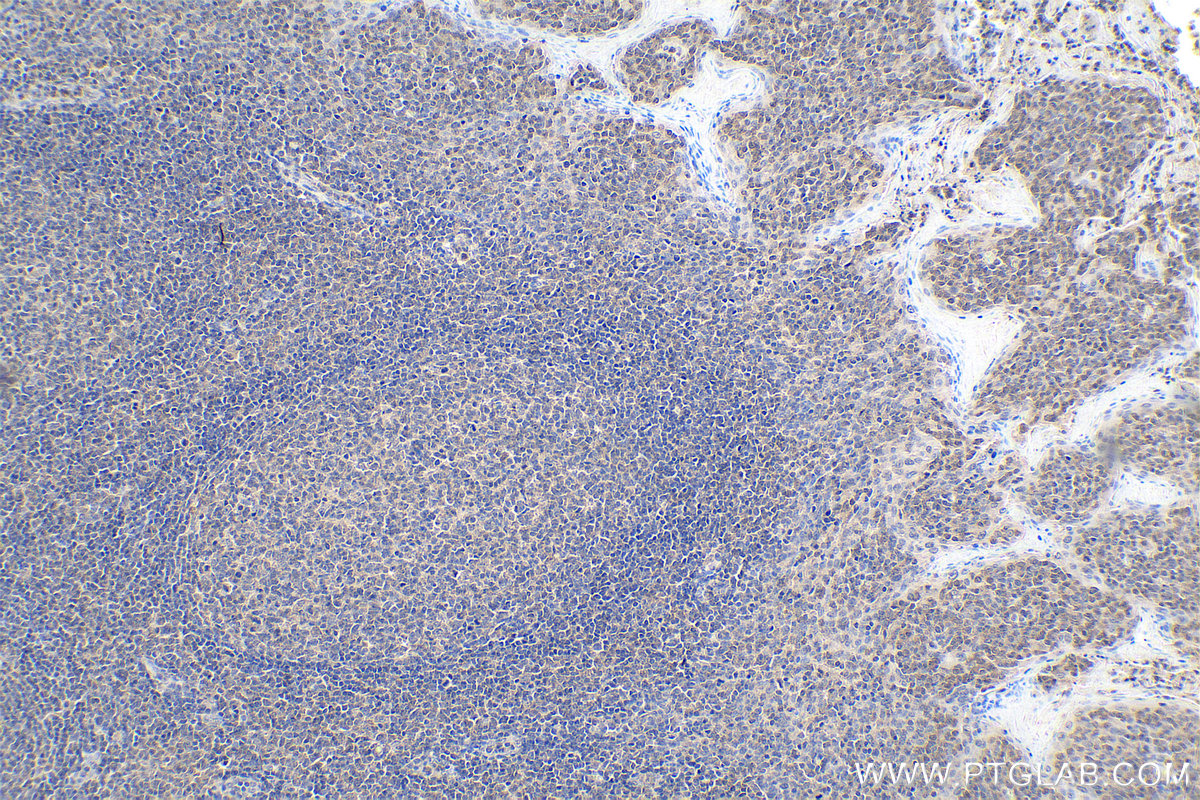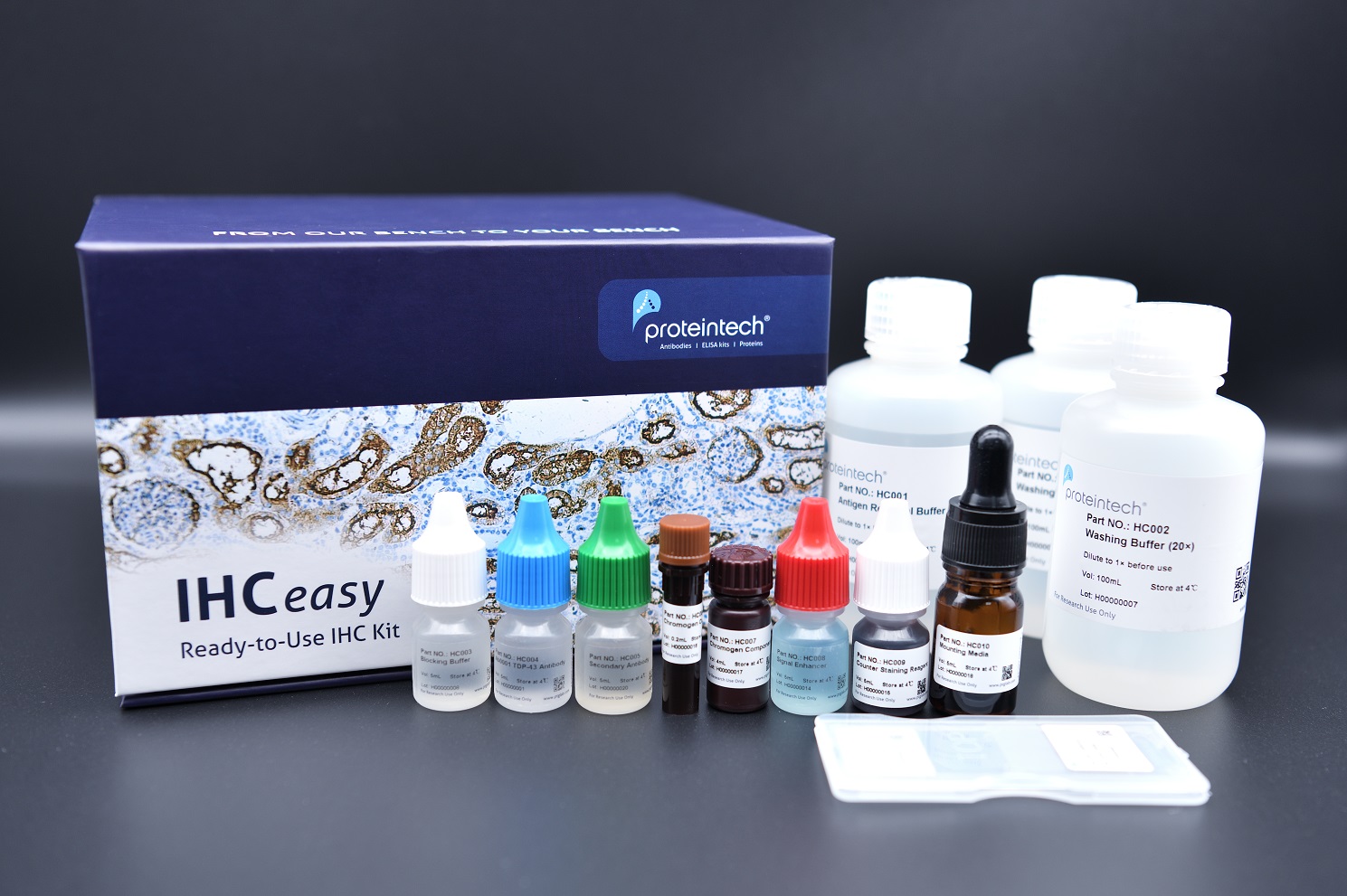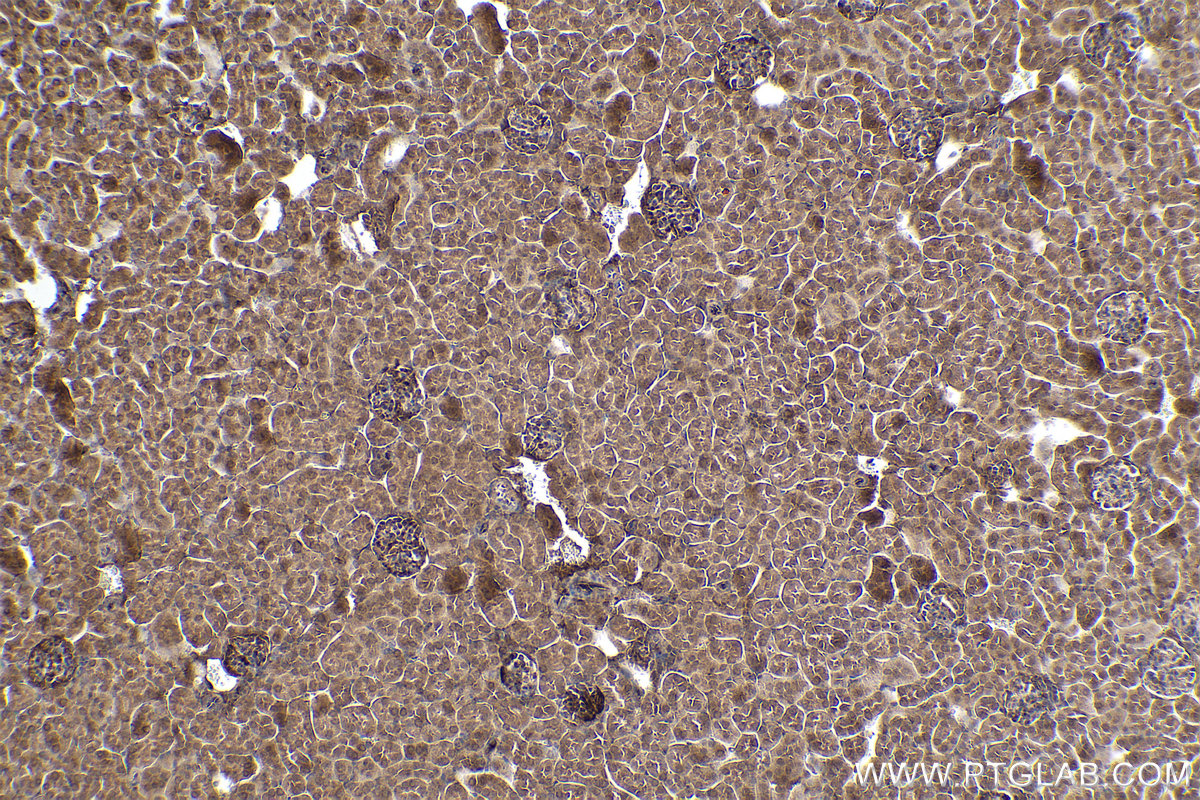IHCeasy® AKT Ready-To-Use IHC Kit
AKT Ready-to-use reagent kit for IHC.
Cat no : KHC0115
Synonyms
AKT, AKT (pan), AKT pan, AKT1, AKT1/2/3, pan AKT, PKB, PKB ALPHA, PRKBA, Protein kinase B, Proto oncogene c Akt, RAC, RAC ALPHA, RAC PK alpha, total AKT
Validation Data Gallery
Product Information
KHC0115 is a ready-to-use IHC kit for staining of AKT. The kit provides all reagents, from antigen retrieval to cover slip mounting, that require little to no diluting or handling prior to use. Simply apply the reagents to your sample slide according to the protocol and you're steps away from obtaining high-quality IHC data.
| Product name | IHCeasy AKT Ready-To-Use IHC Kit |
| Sample type | FFPE tissue |
| Assay type | Immunohistochemistry |
| Primary antibody type | Mouse Monoclonal |
| Secondary antibody type | Polymer-HRP-Goat anti-Mouse |
| Reactivity | Human, Mouse, Rat |
Kit components
| Component | Size | Concentration |
|---|---|---|
| Antigen Retrieval Buffer | 100 mL | 50× |
| Washing Buffer | 100 mL ×2 | 20× |
| Blocking Buffer | 5 mL | RTU |
| Primary Antibody | 5 mL | RTU |
| Secondary Antibody | 5 mL | RTU |
| Chromogen Component A | 0.2 mL | RTU |
| Chromogen Component B | 4 mL | RTU |
| Signal Enhancer | 5 mL | RTU |
| Counter Staining Reagent | 5 mL | RTU |
| Mounting Media | 5 mL | RTU |
| Datasheet | 1 Copy | |
| Manual | 1 Copy |
Background Information
The serine-threonine protein kinase AKT1 is catalytically inactive in serum-starved primary and immortalized fibroblasts. Survival factors can suppress apoptosis in a transcription-independent manner by activating the serine/threonine kinase AKT1, which then phosphorylates and inactivates components of the apoptotic machinery. This kit could detect AKT1, AKT2, AKT3 and their phosphorylated form.
Properties
| Storage Instructions | All the reagents are stored at 2-8°C. The kit is stable for 6 months from the date of receipt. |
| Synonyms | AKT, AKT (pan), AKT pan, AKT1, AKT1/2/3, pan AKT, PKB, PKB ALPHA, PRKBA, Protein kinase B, Proto oncogene c Akt, RAC, RAC ALPHA, RAC PK alpha, total AKT |
Publications
| Application | Title |
|---|---|
Int J Biol Macromol Examining the wound healing potential of curcumin-infused electrospun nanofibers from polyglutamic acid and gum arabic |


